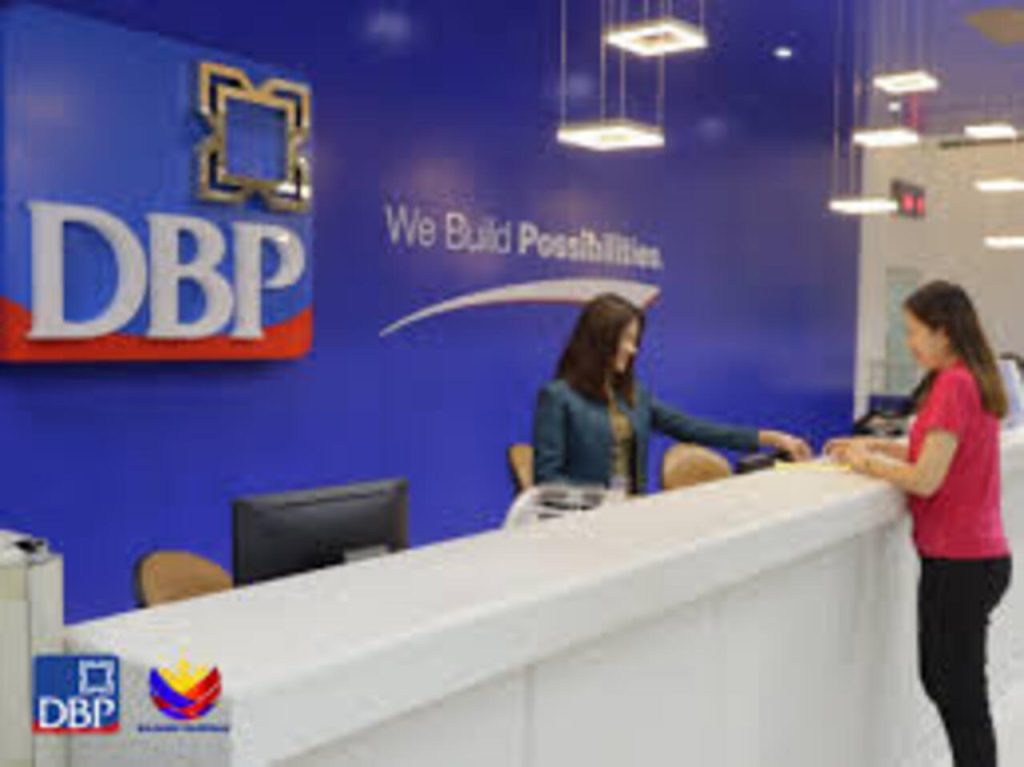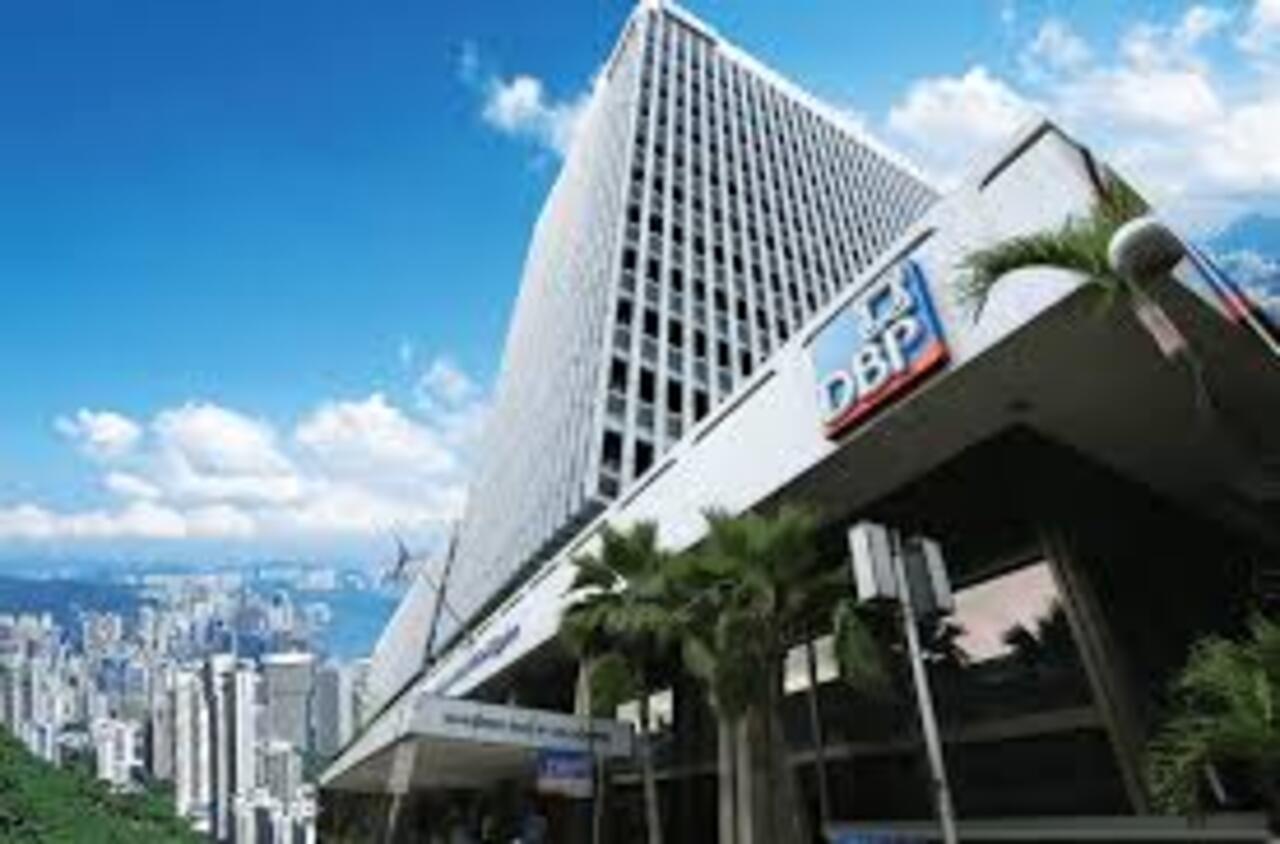The Development Bank of the Philippines (DBP) is a government-owned development financial institution that plays a vital role in nation-building by supporting key sectors such as infrastructure, agriculture, industry, energy, and education. Established to provide long-term financing for development projects, DBP has evolved from its early roots as the Rehabilitation Finance Corporation (RFC) created in 1946 to aid in post-war recovery. Over the years, DBP has grown into a key player in driving inclusive growth and sustainable development across the Philippines.
Understanding what DBP is for means understanding how government-led financing helps address critical gaps in public services and infrastructure. With programs aimed at promoting responsible entrepreneurship, social services, and environmental protection, DBP aligns its goals with national priorities. To learn more about what DBP is and how to get insights into how strategic financial assistance can support long-term economic stability and uplift underserved communities, then read this article below.
What is the DBP?

The DBP is a development financial institution designed to provide medium- and long-term credit facilities to agricultural and industrial enterprises, particularly small and medium-scale industries. It also extends banking services to underserved sectors, local government units, and cooperatives. As a universal bank, DBP operates under an expanded commercial banking license, allowing it to offer diversified financial products and services to key sectors, including agriculture, industry, infrastructure, and small and medium enterprises (SMEs).
DBP and National Development
The DBP is more than just a bank. It is a cornerstone institution tasked with distributing financial resources to bridge development gaps in the country. By aligning its services with national objectives, the DBP contributes significantly to creating more economically resilient communities, fostering innovation, and promoting long-term sustainability.
Whether it’s through its support of public infrastructure, agricultural modernization, or inclusive access to financing, DBP is a key player in the economic narrative of the country.
History
The DBP traces its origins to the RFC, which was established on October 29, 1946, through Republic Act No. 85 to help rebuild the country after World War II. RFC’s main mandate was to provide credit for the rehabilitation and development of agriculture, commerce, and industry. In 1958, RFC was reorganized and renamed as DBP under the same Republic Act No. 85, as amended. Over the decades, DBP expanded its mandate to include financing infrastructure, transportation, energy, education, and environmental projects. The bank operates under the supervision of the Department of Finance and the Bangko Sentral ng Pilipinas, with its functions reinforced by subsequent amendments and policies supporting its role as a development financial institution.
Mission
As a government-controlled development financial institution, DBP’s mission is:
- “To support infrastructure development, responsible entrepreneurship, efficient social services, and the protection of the environment.
- To work for raising the level of competitiveness of the economy for sustainable growth.
- To promote and maintain the highest standards of good governance.”
Vision
It’s official vision statement reads as:
“By 2040, DBP will be a world-class infrastructure and development financial institution, and proven catalyst for a sustainably progressive and prosperous Philippines.”
Core Values
The DBP upholds a strong set of core values that guide its mission as a premier development financial institution:
- Integrity: Practicing honesty, truthfulness, and transparency in all dealings.
- Excellence: Demonstrating competence, professionalism, and unwavering dedication to work.
- Teamwork: Promoting harmony, cooperation, and synergy among colleagues and partners.
- Service to Others: Maintaining a customer-oriented mindset in delivering public service.
- Love for the Filipino: Fostering a deep love for the country and its people, both locally and abroad.
Commitment to Environmental and Quality Standards
It has established policies to uphold environmental protection and quality management:
- Environmental Policy: The bank integrates environmental considerations into its operations, encourages sustainable practices among partners, and complies with relevant environmental laws.
- Quality Policy: DBP commits to excellence in all operations, striving for continuous improvement and organizational agility to meet evolving challenges and opportunities.
Scope and Coverage, Operations, and Impact
As a state-owned development financial institution, it actively maintains its presence and operations in the countryside, initiating programs that support the government’s sustainable development goals. The bank contributes to national policy formulation, environmental protection, entrepreneurship, and the promotion of ethical practices. Beyond financial services, DBP engages in cultural, sports, and arts initiatives to foster unity and national pride among Filipinos.
Logo
The DBP logo’s design is built on the Philippine flag’s colors – a deep blue background and a bold red curve – to emphasize the bank’s national character and development focus. Prominently set on the blue field is a white stylized geometric emblem, the bank’s original corporate symbol, which the DBP notes represents the historical forerunners of the bank. A curved red band at the bottom of the logo suggests a rising sun or “the dawning of a new day,” symbolizing hope and a secure tomorrow that the bank aspires to provide for every Filipino. Together with the crisp white “DBP” lettering on the blue field, these elements are intended to project the bank’s “renewed spirit and dynamism” amid changing times. The use of national colors, an optimistic sunrise motif, and dynamic shapes in its logo reinforces DBP’s identity as a forward-looking development finance institution dedicated to infrastructure-led growth and the well-being of the Filipino people.
Organizational Structure
The bank’s affairs are managed by a Board of Directors consisting of nine members appointed by the President of the Philippines. The President of DBP, who also serves as the Chief Executive Officer, is elected by the Board and acts as the Vice Chairman. This leadership framework reflects the Bank’s semi-autonomous status while maintaining accountability to the national government.
Core Functions and Services
This state-owned development financial institution covers a range of functions and services, including:
- Banking Services: DBP offers traditional banking services such as deposits, fund transfers, and loans. It also boasts of an expanded commercial banking license, allowing it to operate as a universal bank and perform various banking functions to meet the diverse needs of its clients. These services are accessible to businesses, individuals, and government entities alike.
- Financial Assistance for Development Projects: The bank finances infrastructure projects such as roads, bridges, water systems, and school buildings. It supports initiatives that align with national development goals, particularly those under the following sectors, especially in rural and underdeveloped areas:
- Infrastructure
- Transport
- Energy
- Water and Sanitation
- Healthcare and Education
- Agriculture and Agribusiness
- Micro, Small, and Medium Enterprises (MSMEs)
- Public-Private Partnerships (PPPs)
- Support for SMEs and Inclusive Growth: By extending credit to SMEs, local government units, water districts, and electric cooperatives, DBP promotes inclusive economic growth. This makes financial services accessible to communities that are often overlooked by commercial banks.
- Environmental and Social Responsibility: Sustainability is a core principle of DBP. It not only integrates environmental and social safeguards in its operations but also encourages its borrowers to adopt similar standards.
- Development Initiatives: The bank actively supports projects aligned with the national government’s development goals, focusing on infrastructure, social services, environmental sustainability, and SME growth.
- Inclusive Growth: DBP expands credit access to sectors like local government units, water districts, and electric cooperatives, promoting inclusive economic growth across the country.
- Sustainable Development: The bank encourages partners to adopt sustainable practices, contributing to the country’s overall sustainable development.
It also continues to work closely with both local and international funding institutions to expand its loan programs and capacity to fund major initiatives.
Key Programs and Initiatives
Throughout its operations, it has implemented several flagship programs to support its development mandate:
- Infrastructure Contractors Support (ICONS): Provides financial assistance to contractors involved in infrastructure projects.
- Connecting Rural Urban Intermodal Systems Efficiently (CRUISE): Aims to improve transportation and logistics systems connecting rural and urban areas.
- Water for Every Filipino (WATER): Focuses on financing water supply and sanitation projects to ensure access to clean water.
- Financing Utilities for Sustainable Energy Development (FUSED): Supports energy projects that promote sustainable and renewable energy sources.
- Building Affordable Homes Accessible to Every Filipino (BAHAY): Provides housing loans to promote affordable homeownership.
- Strategic Healthcare Investment for Enhanced Lending and Development (SHIELD): Finances healthcare infrastructure and services to improve public health.
- Education Sector Support for Knowledge, Wisdom, and Empowerment through Lending Assistance (ESKWELA): Offers financial support for educational institutions and programs.
- DBP Forest and Green Financing Programs: Invest in environmental conservation and climate-resilient projects.
Video: Understanding DBP
From its early days as a war rehabilitation lender to its current status as a full-fledged development bank, the DBP has continuously evolved to meet the changing needs of the nation. As a leading GOCC in the Philippines, it delivers financial assistance where it’s needed most. Its focus on sustainable development, inclusive growth, and economic resilience makes it an indispensable partner in the Philippines’ journey toward progress. To learn more about its role and the services it offers in line with the government initiatives related to pursuing national development goals, you may check on the video from the Philippine Cooperative Center as it details how the Development Bank of the Philippines stands ready to provide the necessary financial support, expertise, and commitment to the Filipinos:
Contact Information
For inquiries and complaints, customers may also contact the DBP via the following:
- Address: Development Bank of the Philippines, Sen. Gil J. Puyat Avenue corner Makati Avenue, Makati City
- Customer Service Hotline: (02) 8818-9511 locals 2580 and 2542
- Email: customerservice@dbp.ph
- Website: www.dbp.ph
- Facebook: https://www.facebook.com/devbankphl
- Youtube: https://www.youtube.com/@devbankphl
They may also reach out to the Bangko Sentral ng Pilipinas (BSP) Financial Consumer Protection Department at (02) 708-7087 or email consumeraffairs@bsp.gov.ph.
